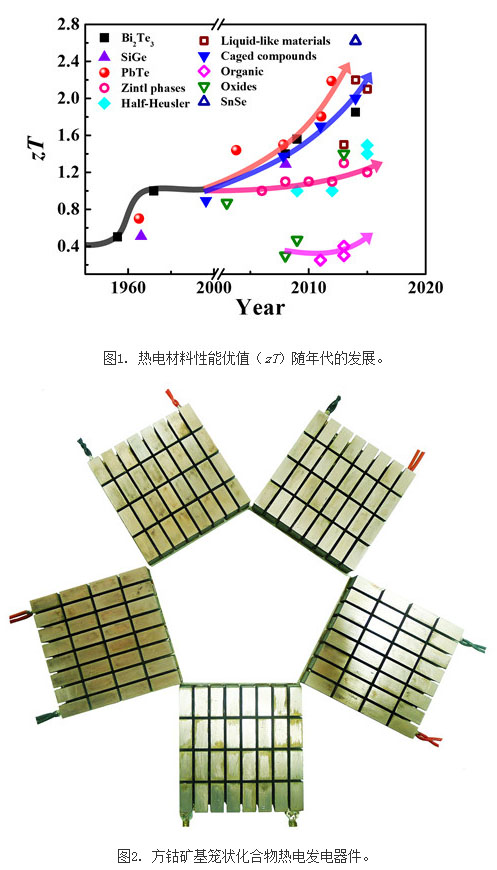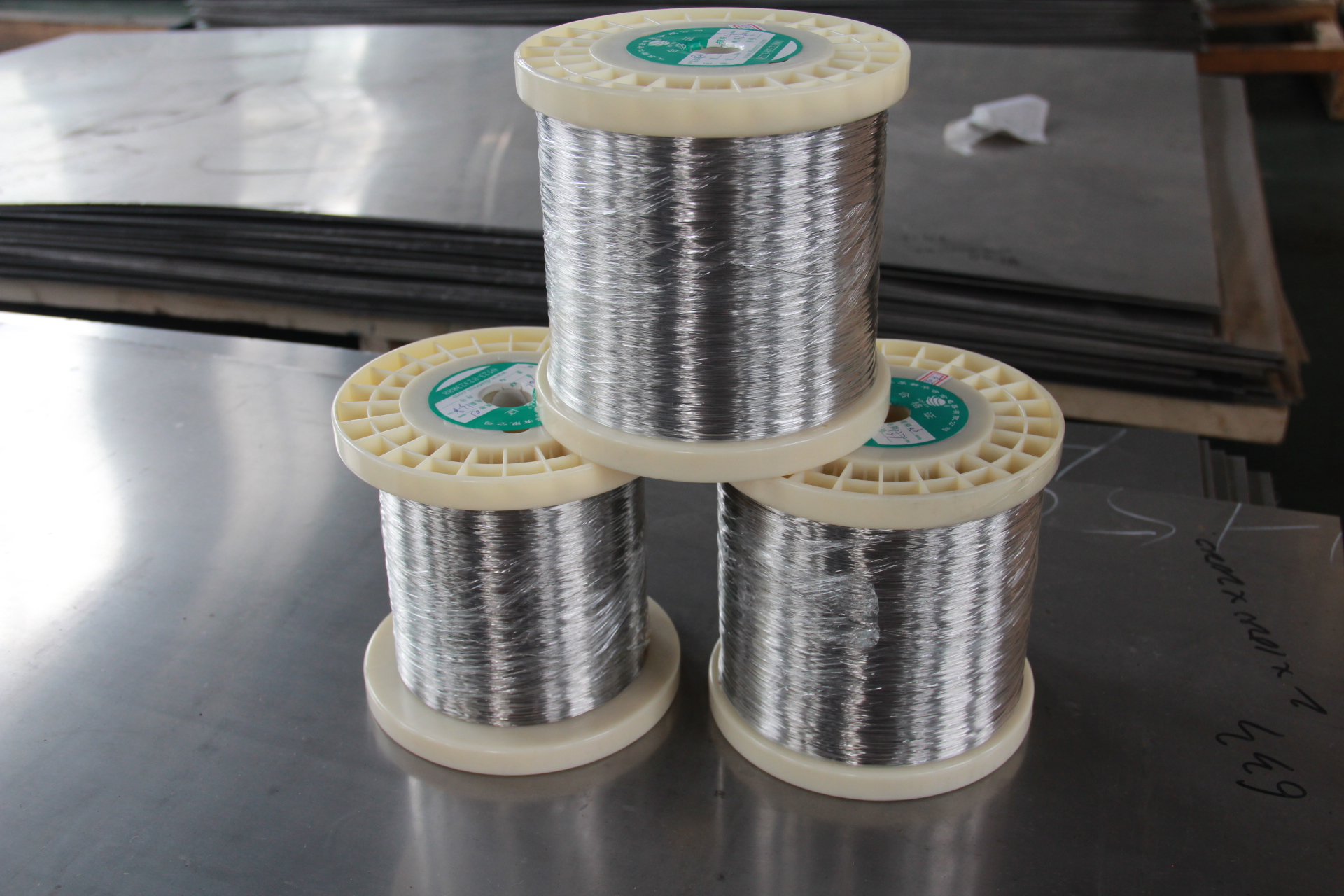China, as the world’s largest energy consumer, is plagued by problems such as resource shortages and low resource utilization efficiency. It urgently needs new energy technologies to alleviate the excessive consumption of fossil fuels and the resulting environmental damage and climate change. Traditional manufacturing represented by pillar industries such as autos, steel, and petrochemicals consume large amounts of fossil energy while discharging large amounts of waste heat from the industry. At present, China's overall energy efficiency is about 33%, which is about 10% lower than that in developed countries. Of this, 50% of industrial energy consumption is directly discarded with various forms of waste heat. Therefore, the development of efficient use of waste heat from industrial waste has important implications for energy conservation and emission reduction, environmental protection, and further enhancing the competitiveness and status of China's manufacturing industry in the international market.
Thermoelectric conversion technology is an environment-friendly energy conversion technology that can use thermoelectric materials to directly convert heat energy and electric energy. It has the advantages of small system size, high reliability, and the ability to effectively use low-density energy, and is particularly suitable for low grades. Waste heat recycling. The United States, Germany, Japan, and other developed countries have continued to carry out R&D and application of thermoelectric conversion technologies in recent years. Under the support of the Ministry of Science and Technology, the National Natural Science Foundation and other national and local science and technology projects, the research on thermoelectric materials and devices in China has also achieved rapid development over the past ten years, which has strongly promoted the industrial application of thermoelectric conversion technology.
In the past five years, the Research Group of Thermoelectric Materials and Devices of the Shanghai Institute of Ceramics, Chinese Academy of Sciences has made a series of progress in the research of high-efficiency thermoelectric materials and devices, and obtained a series of research results with independent intellectual property rights, laying a foundation for the application of thermoelectric conversion technology. Solid foundation.
In the thermoelectric materials research, the idea of ​​using two sets of natural sub-lattice lattices for ionic conductors to regulate thermoelectric transport was proposed. It was found that the “transverse wave damping effect†of liquid sublattices can make the constant volume capacity of the material lower than that of Duro-Perot. Substitution, proposed and discovered a new concept of "phonon liquid" thermoelectric materials, the thermoelectric value of merit ZT of 1.5-2.1; found in a special cage structure material coexistence of multiple filling atoms can significantly reduce the lattice thermal conductivity of the broadband sound The sub-scattering effect, the thermoelectric value of merit ZT increased to 1.7; development and utilization of high-throughput theoretical calculations combined with experimental research to quickly discover and design high-performance thermoelectric materials research methods, proposed èµ cubic structure design ideas to quickly screen non-cubic structure of high-performance thermoelectric materials, It has been successfully applied to the selection and optimization of Zintl phase and diamond-like structure thermoelectric materials.
In thermoelectric device research, two types of thermoelectric power generation modules have been successfully developed. The first is a Bi2Te3 based thermoelectric module with a low temperature of 200°C-300°C. The energy conversion efficiency is 6%, and the power density is 0.35W/cm2. The second is a CoSb3-based skutterudite thermoelectric power module with a moderate temperature of 500°C-600°C, with an energy conversion efficiency of 8.2% and a power density of 1.1 W/cm2. Based on the Bi2Te3 and skutterudite thermoelectric power generation modules, a dual-stage thermoelectric power generation device was independently designed and developed, with a conversion efficiency of 10.4%. In addition, thermoelectric power generation devices with mid-high temperature Hessler alloys (600°C-700°C) and SiGe alloys (700°C-1000°C) were also developed, with conversion efficiency of 6.2% and 7%, respectively. Shanghai Silicate successfully demonstrated these high-efficiency thermoelectric devices at the 2016 International Conference on Thermoelectricity, attracting the attention of many companies at home and abroad, and is currently conducting negotiations and promotion of market applications.
The above-mentioned related research results were published in journals such as Nature Materials (2012), Journal of the American Chemical Society (2011), Advanced Materials (2013, 2014, 2015), and were invited to introduce thermoelectric materials and devices in the journal Nature Materials (2016). China's rapid development and significant progress, review of major developments in thermoelectric materials research in the past 10 years in the International Materials Reviews journal, review of Cu-based thermoelectric materials in the Energy Storage Materials journal, and review of thermoelectric power generation devices in the Journal of Advanced Engineering Materials Important research progress.
The research work was funded and supported by the National Basic Research "973" project, the National Natural Science Foundation of China, the Shanghai Science and Technology Commission, and the Chinese Academy of Sciences.

High Resistance Alloy is used to produce resistance elementof conductive material.Requirements including High mechanical strength, good corrosion resistance and oxidation resistance. Working temperature is usually at500 ℃. Commonly used with constantan chromium iron, iron chromium aluminum, nickel chromium, nickel, resistivity rho (20 ℃) is 1 Ω was/m or so. It is not used in the conduction of current, but with its high resistance to limit or control the current in the circuit, such as motor, potentiometer, standard resistors, potentiometers, slip line resistor resistance element and resistance line, etc.; For the using of high resistance in the pressure sensor,Temperature compensator and temperature measuring resistor of resistance element to creatte reflect strain, temperature, magnetic field and parameters; High resistance alloy can also be used as heating elements in the manufacture of the resistance heating equipment, could be applied in current, voltage regulating and the winding of control components.
Resistance Electrothermal Alloy
Resistance Alloy,Corrosion Resistant Alloy,Resistance Electrothermal Alloy,Fecral Resistance Heating Alloys
Jiangsu nickel alloy Co.,Ltd , https://www.xhalloy.com